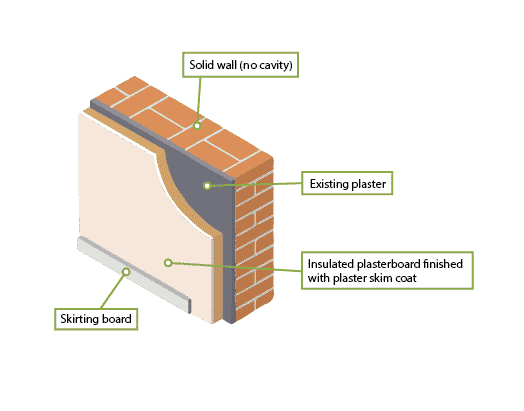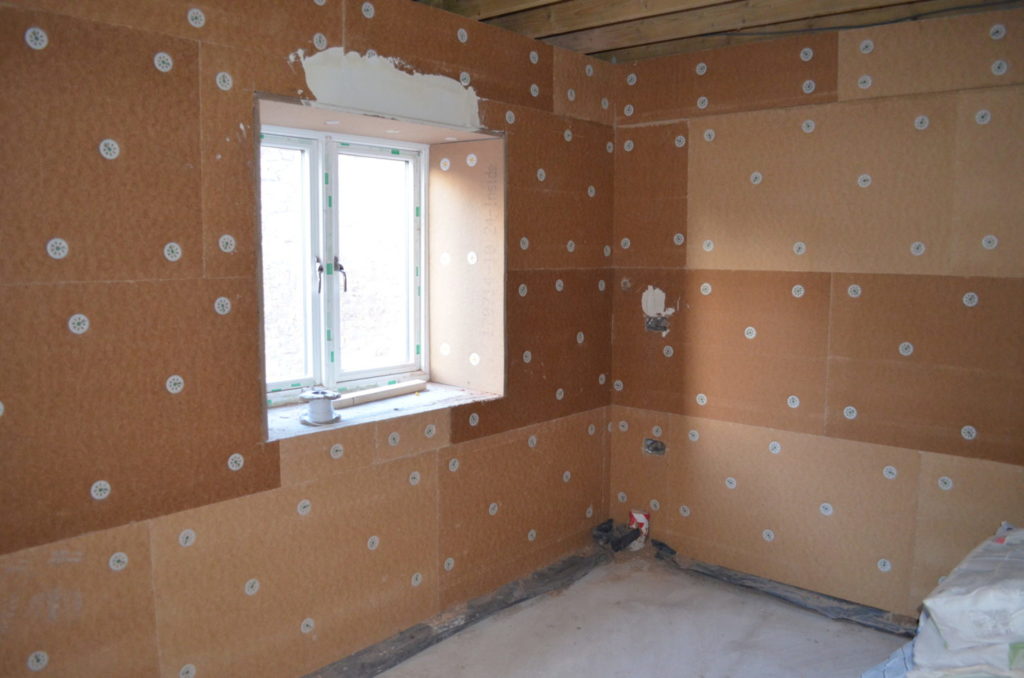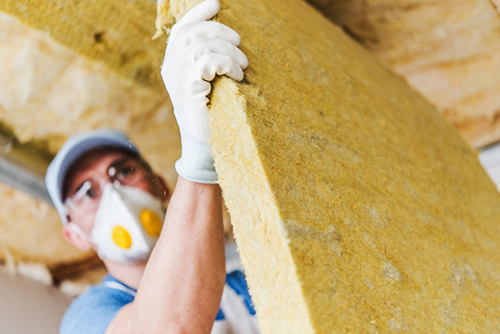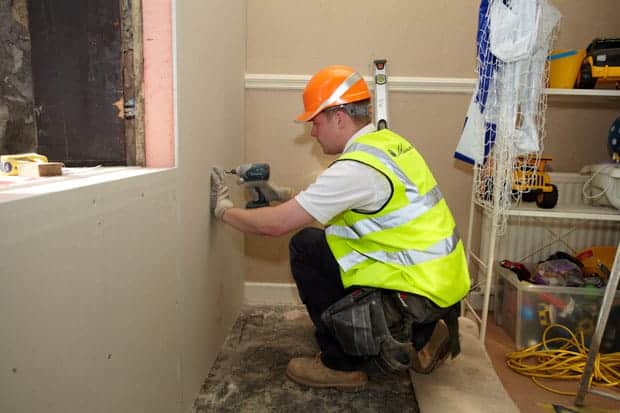Installing Internal Wall Insulation can save up to £475 per year on energy bills and reduces the amount of heat lost through your walls. Euro Energy Group are able to access funding to partially/completely cover the cost of Internal Wall Insulation. Apply now to find out if you’re eligible.
Internal Wall Insulation involves applying insulation to the inside of the walls in your home in an effort to improve the thermal performance of your house. There are a few ways you can insulate your internal walls but the main ones are through Insulation Boards or Stud Walls. Our team can advise you on the best option.
Rigid insulation boards are around 2½ to 4 inches thick, and made of plasterboard backed with insulation material, usually foamed plastic. They’re normally fixed to the wall with ribbons of plastic or adhesive, or fitted to battens if the walls are lumpy and uneven. The installer will then add extra fixings to hold the boards firm, and seal the joints between the boards.
Stud walls are made of metal or wooden frames, which are attached to the wall. Once the insulation material has been inserted into the gap between the stud work frame and the wall, the new wall is plastered and can then be painted or wallpapered. Alternatively, it could be covered with rigid insulation boards, making your insulation even more effective and your running costs lower, but further reducing the size of your room.
Internal wall insulation can, however, be disruptive and require the removal and re-fixing of items such as switches, radiators and kitchen units, so you need to be sure it is the best insulation solution for your home.


Internal wall insulation is ideal if your home has no cavity wall and you are looking to slow the heat transfer through your walls and minimise energy loss. Other benefits include:

A big advantage to internal wall insulation is that it’s versatile. When you fit it you can choose between two options, which lets you pick the best type for your home.
If you want to keep your walls as thin as possible, you can fit insulation boards. These are usually made of plasterboard backed with foamed plastic, which is 6-10cm thick.
Or if you have an uneven wall you can build a stud wall in front of it. This involves building a metal or wooden studwork frame, filling it in with mineral wool fibre and then plastering over the top.

The condition of the wall’s surface and whether the wall is damp will need to be addressed before installation. The surface condition will determine what preparation work is needed — principally if the old plaster needs hacking off. It will also determine:

It’s worth noting that many customers find internal insulation to be quite disruptive and you will need to factor this into your decision making.
Our team will need to remove all wall fittings to get access to the wall and carry out the work. This includes;
For safety you won’t be able to use the room whilst insulation is being fitted to its walls. If you have any concerns our team will be able to advise you further on the installation process and timelines